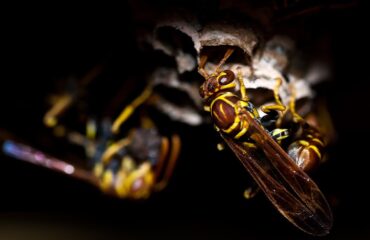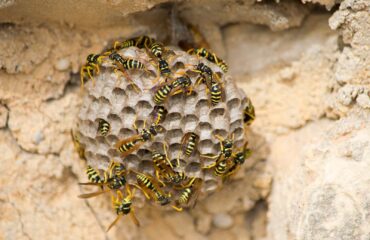Insects fulfill almost every role imaginable in an ecosystem, including pollination of crops, keeping pests under control, and food for other animals. The potential consequences of their decline are so dire that it has been dubbed the “insect apocalypse.”
In the wake of the flurry of attention this looming ecological disaster has generated, an even more complex picture has emerged – with one gap in our understanding that is strikingly clear. Despite the tropical and subtropical regions being home to an estimated 85% of the Earth’s insects, what happens in these regions is critically under-studied.
Dams and declines
To understand insect decline requires long-term datasets that are rare, especially in the global south. in our new study, we present one of the most comprehensive known datasets of subtropical freshwater insects over 20 years. We found a complete decline in insect abundance across all aquatic insect groups studied, including midges, mayflies and dragonflies.
The decline occurred in the canals, lakes, rivers and bays of one of the largest freshwater systems in South America, the Paraná River floodplain. At the same time, we found that the number of invasive fish has increased and the chemical composition of the water has become more unbalanced – all environmental changes associated with the construction of dams.
There are more than 130 dams along the Paraná and its tributaries. The most significant is Itaipú, the second largest hydroelectric dam in the world. Located in Brazil and Paraguay, its reservoir is so large that when it was full, it submerged one of the largest waterfalls on Earth, the Guaira Falls. The elimination of this natural and geographical barrier between Lower and Upper Paraná has led to massive invasions of fish: many of them are insect predators.
At the same time, the dams block the flow of sediment and nutrients, disrupting the chemical composition of the water and making the water clearer. Most aquatic insects are dark or spotted to camouflage themselves in turbid water. The increased water clarity weakened their ability to hide, making them even more vulnerable to being eaten by invading fish.
Roughly 70% of Brazil’s electricity comes from hydropower, and hydroelectric power plants will be important in the transition away from fossil fuels. However, dam construction can have serious environmental and social impacts. Our research shows that the negative impacts of the dam can occur long after forests have been flooded and local communities have been displaced.
The tropical data gap
While the tropics and subtropics are the most biologically diverse regions on the planet, they are also among the most threatened. Their rich natural resources are under enormous pressure to provide food, water and energy to some of the fastest growing people on the planet and developing countries.
Despite this, the logistical challenges of studying insects in such a biodiverse region, combined with the longstanding historical inequalities around where monitoring is conducted, means that the remaining tropics are underrepresented in insect decline research.
The lack of long-term datasets from the tropics and subtropics can distort the already complex picture of how insect declines are occurring across the planet. One of the most comprehensive studies to date on global insect decline compares 166 studies spanning more than a decade across five continents.
It was found that the number of terrestrial insects is indeed decreasing, but the number of aquatic insects is increasing. However, of the 68 freshwater insect datasets in their analysis, only 7% came from the tropics. This apparent success is distorted by the large number of studies from Europe and North America where improved water quality and effective policies have increased aquatic insect populations.
Our results contradict the findings of this study. Aquatic insects are declining in the Paraná River system, which drains much of southern South America, emphasizing the importance of better tropical data. Tropical and subtropical aquatic insects may be at greater risk from human activities than their counterparts in more northern regions. Freshwater regions are among the world’s most threatened ecosystems and should be a target for global conservation efforts.



